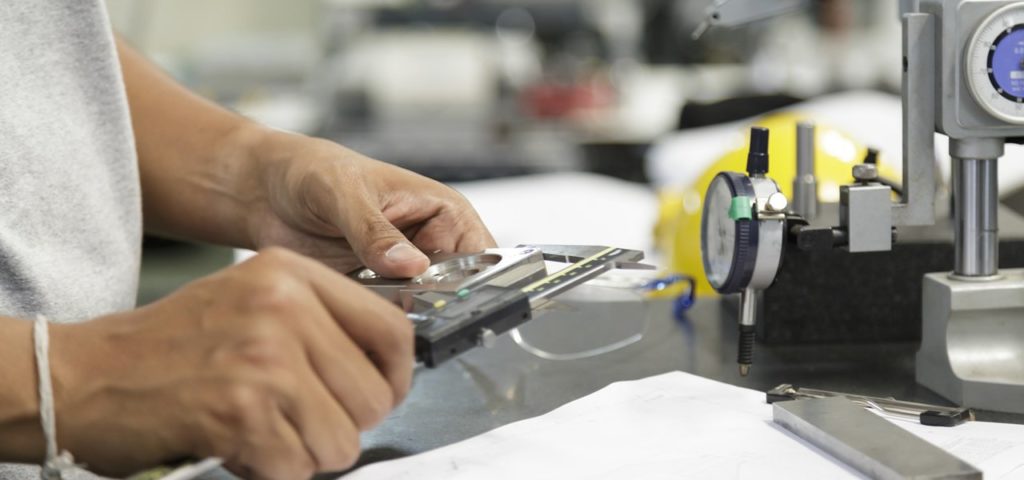
Data loggers are electronic devices that are used to monitor and record temperature and humidity levels in a cold chain. These devices are equipped with sensors that can measure temperature and humidity levels at regular intervals, and they store this data in an internal memory. Data loggers help in cold chains by providing accurate and reliable information about the temperature and humidity conditions that the products have been exposed to throughout the supply chain.
Data loggers should be calibrated regularly to ensure accuracy and reliability of temperature and humidity readings. The frequency of calibration depends on the specific requirements of the application and the recommendations of the manufacturer or calibration provider.
Generally, it is recommended to calibrate data loggers at least once a year, or more frequently if they are exposed to harsh or extreme environments, undergo physical damage, or are used frequently in critical applications. It is also important to calibrate data loggers after any repairs or modifications to ensure they are still accurate.
Ultimately, the frequency of calibration should be determined based on the specific needs of the user and the application. Regular calibration helps to ensure the data loggers are accurate and reliable, which in turn helps to maintain the quality and safety of products in the cold chain.
There are a few signs that may indicate that your data logger needs to be calibrated:
- Your data logger’s readings are consistently higher or lower than expected.
- You have recently dropped or damaged your data logger.
- It has been a long time since your data logger was last calibrated.
- Your industry or regulatory body requires regular calibration of data loggers.
To be sure, it is always a good idea to consult the manufacturer’s recommendations or consult with a calibration provider. They can help you determine the appropriate calibration frequency based on your specific needs and usage.
Our qualified team of professionals would love to talk to you about questions or any requirements. Talk to our team now using the contact button for questions or needs.
Contact Us Via WhatsApp Contact Us Via Email Call Us Via Phone
